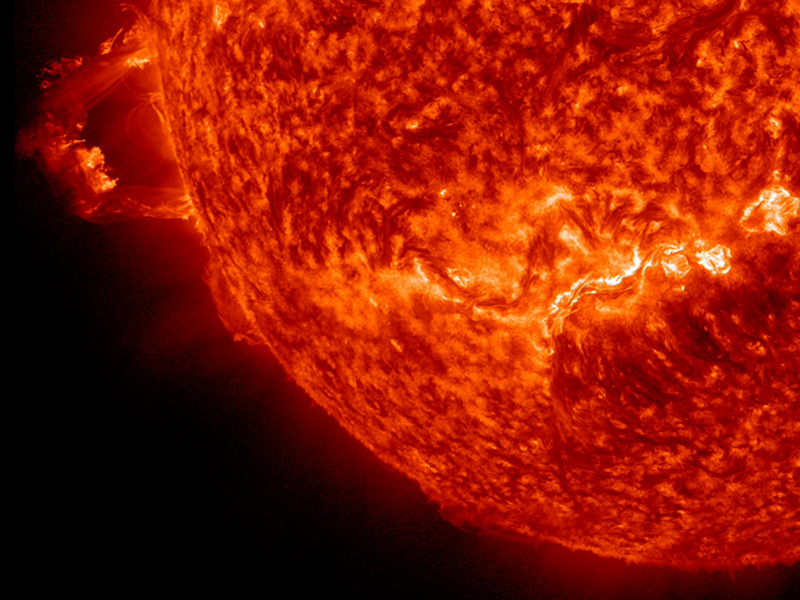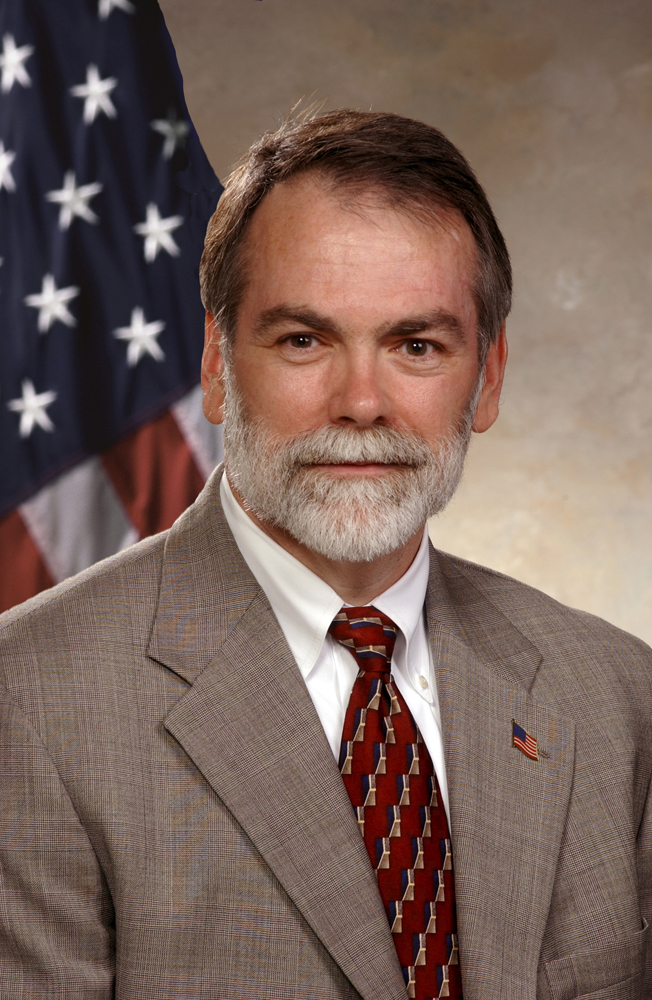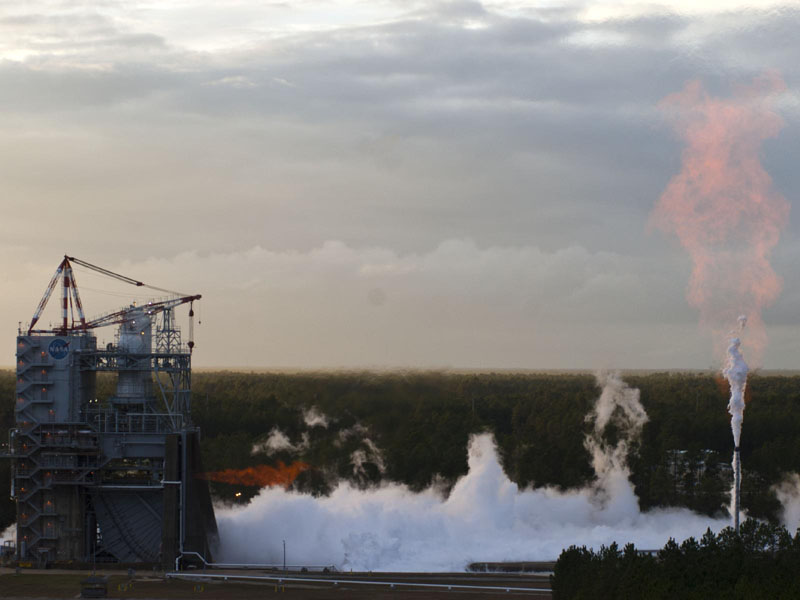
Vol. 5, Issue 11
Langley Research Center’s Manjula Ambur shares her insights about knowledge management at her center.

Manjula Ambur, Information Management Branch within the Office of the Chief Information Officer at Langley Research Center and Langley Chief Knowledge Officer.
Photo Credit: NASA
Manjula Ambur leads the Information Management Branch within the Office of the Chief Information Officer at Langley Research Center. She also serves as the center Chief Knowledge Officer, leading Langley’s knowledge management efforts.
ASK the Academy (ATA): What are some of the most prominent knowledge challenges in your organization?
Manjula Ambur: I think one of the biggest challenges for the agency is knowledge retention because of the age of NASA’s workforce. Knowledge retention: What does it mean? What do we choose what to retain? How do we retain it? I don’t think we’re addressing the whole challenge in a very good manner.
The second challenge I would say is knowledge sharing. Knowledge has many dimensions. It is for both now and later use—sometime in the future—for people we don’t even know right now, a generation from now. I think it could be done better for both dimensions, for now and later. Knowledge sharing in the short term—which also helps the long term—is one of those challenges. Organizational culture plays a big role here.
The third one is reuse. We do capture a lot of data and information. There are also multi-dimensional and cultural challenges: technology usability, time, and a not-invented-here attitude. People need to take the time to actively seek existing knowledge, and we need to do a better job of improving the usability of systems, especially the integration of multiple data stores and user interfaces. So I would say these are three big challenges.
ATA: Are there any successful knowledge efforts in your organization that you’d like to highlight?
Ambur: I would say the biggest success we have at Langley is the cooperation and partnerships between the mission organizations and the IT organization to work together on projects and initiatives that help with knowledge capture, access, sharing, or archiving. Enterprise search using Google search and the Experts Directory are success stories of these partnerships. Currently, we are working on two other specific initiatives. One is data archival and management of our wind tunnel and computational data sets. We have been working with the Research Directorate and the (Langley) Chief Engineer’s office in an active collaboration. We have been working on it for two years, and without a collaboration we would not have succeeded. It’s not our project or their project; it is a combined effort.
Another success is big data mining and deep analytics. We started working on it two months ago with a data analysis proof of concept again, with a mission organization, Systems Analysis and Concepts Directorate. It’s really mining knowledge for insights, trends, and predictions, both internal and external, using IBM Watson technology. Now we are in the pilot phase of working with the Aeronautics Research Directorate and Chief Technologists office. This is an exciting area that has great potential for machine intelligence augmenting human intelligence, saving time, enhancing productivity, and enabling mission success.
A third one is Langley’s Office of the Chief Engineer and I are collaborating on getting together a knowledge sharing workshop at the center with people from all the mission directorates to understand how they are sharing and how it could be improved across organizations and disciplines.
ATA: Are there knowledge management efforts—either within NASA or other organizations—that you find particularly remarkable or innovative?
Ambur: I think what is remarkable is even with all the challenges we have, NASA as a whole does a pretty good job of knowledge management. It is not because of any one group—but because of many efforts. A lot of it is organic and could be more cohesive and more integrated, but I think overall we do a pretty good job. All centers have initiatives that are suited for their needs, and we can all learn and leverage from each other.
As our knowledge strategy evolves, one thing to think about is that we have to develop and maintain a framework where organizations and experts can integrate their local initiatives into the larger knowledge fabric that encompasses all centers and missions. The people who are closest to the work know what they need to do, we need to help to integrate it. They need the framework so they can belong to a larger connectivity—systems and people. People and organizations want to do a good job and they keep doing work like this; they just may not be calling it knowledge management.

Looking like a questionable contraption from a science fiction movie—or perhaps a high-tech Reuben ‘Rube’ Goldberg machine—this March 26, 1991, image features the Surface Analysis System, which used “a pristine ultrahigh vacuum environment to eliminate interference” while performing “qualitative and quantitative evaluation material surfaces at an atomic level.”
Photo Credit: NASA
ATA: What’s the biggest misunderstanding that people have about knowledge?
Ambur: If we were to specifically ask people about their understanding of knowledge management, I don’t know how many would get it. I think a lot of people are using knowledge in their jobs, but they might not be calling it “knowledge management.” So they might not even be realizing the value they’re getting by doing knowledge management. That is a misunderstanding that I see.
Knowledge doesn’t exist on its own; it has to exist as part of the fabric of the organization. I think we do that, but what we don’t have is an integrated strategy that makes knowledge a more regular part of everyday work. With a better understanding of the need for cohesive knowledge initiatives and information technology advancements to help make sense of volumes of data and connect ideas and people, we have a greater opportunity to make sure of and share knowledge as a part of daily work and not as an added burden. The agency knowledge management community has an opportunity to make a big contribution to NASA’s mission success.
Read interviews from Chief Knowledge Officers at other NASA centers:
Marshall Space Flight Center’s Dale Thomas
Kennedy Space Center’s Michael Bell









